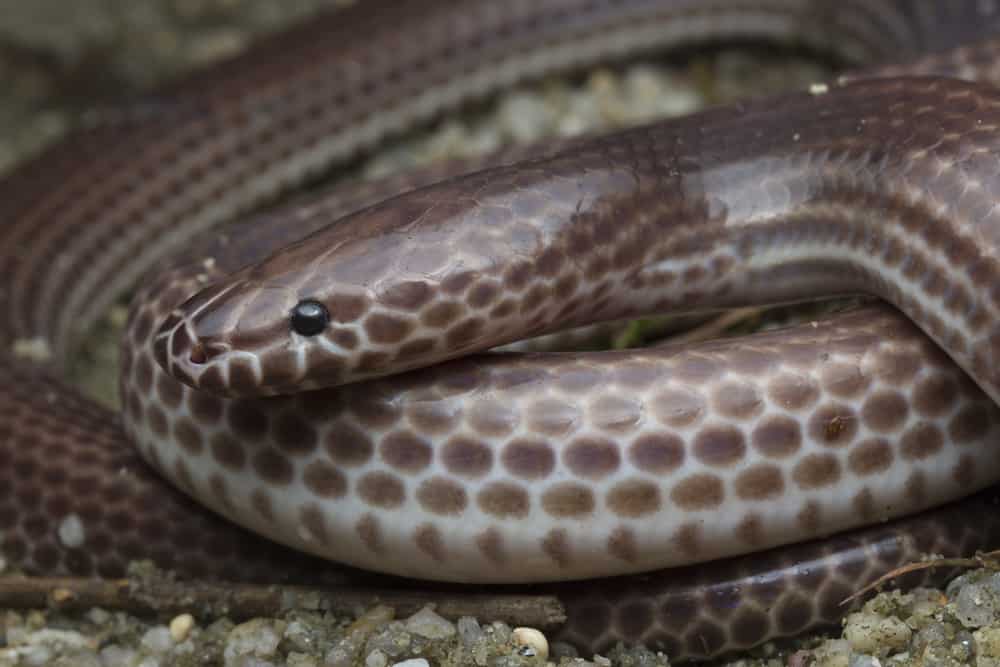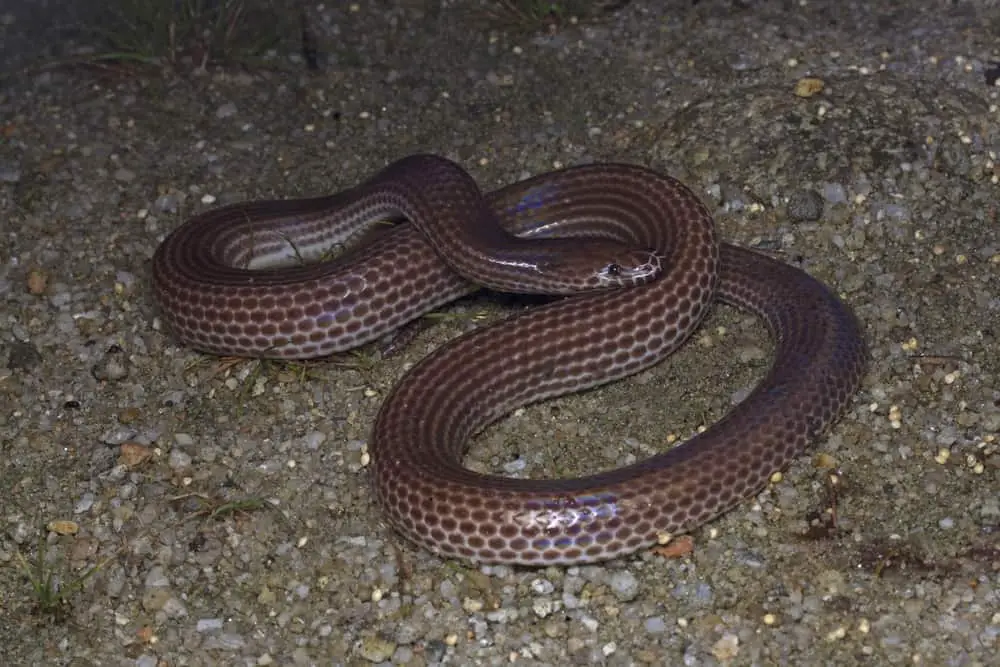
Sunbeam snakes are beautiful, but what makes them so intriguing? Let’s find out why they are so sought after by reptile enthusiasts.
The Common Sunbeam snake and the Hainan Sunbeam snake are the two types of Sunbeam snakes. When Sunbeam snakes slither into the sun, their bodies shine iridescent, like a sunbeam; that’s why they are also called Iridescent Earth snakes.
Sunbeam snakes are fascinating pets; before you go out and get one, it is essential to do a little research about them. In this article, we discuss everything you need to know about these snakes.
Table of Contents
- Common Sunbeam Snakes – Xenopeltis unicolor
- Hainan Sunbeam Snake – Xenopeltis hainanensis
- 16 Points to Remember When Keeping Sunbeam Snakes as Pets
- Types of Food to Feed Sunbeam Snakes
- Conclusion
Common Sunbeam Snakes – Xenopeltis unicolor

The common Sunbeam snake is not native to the United States. It is found in Southeast Asia in countries like China, Laos, Singapore, Myanmar, Malaysia, Thailand, Cambodia, and some parts of Indonesia.
They belong to the more primitive group of snakes that include pythons and boas. Sunbeam snakes have two lungs instead of one lung found in more modern species and do not have the pelvic girdle.
Their scales overlap with tiny ridges that run along the snake’s body length, reducing the friction that helps when they burrow under the ground.
Common Sunbeam snakes are slender and measure 3 feet long when fully grown that can weigh 2.2 lb. It has a wedge-shaped head, robust body, rounded snout, and small eyes with a short tail. Some records show Sunbeam snakes that grew four feet long.
The wedge-shaped head of the Sunbeam snake helps them dig into the ground when making a burrow and is slightly thinner than their body.
Their brown bodies glow iridescent rainbow colors when in sunlight. When in the shade, the colors on the Sunbeam snake’s back appear black to dark purple. Their scales have a blue, green, yellow, and red sheen when exposed to sunlight.
There are nanostructures that cause the … Read the rest of the story.
No comments:
Post a Comment